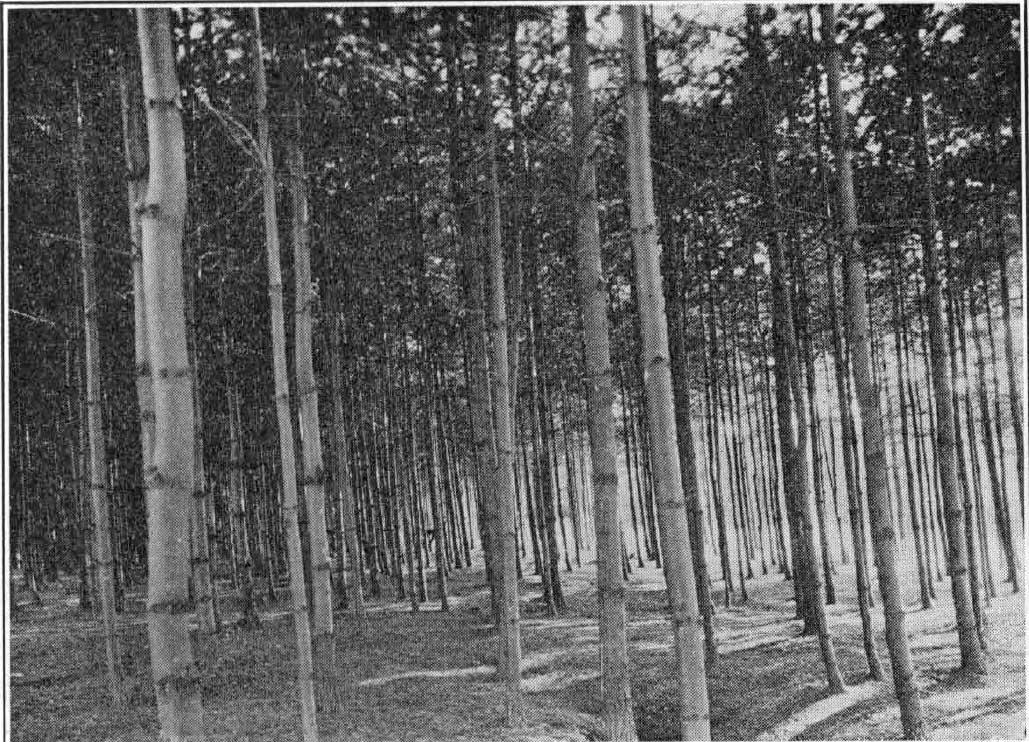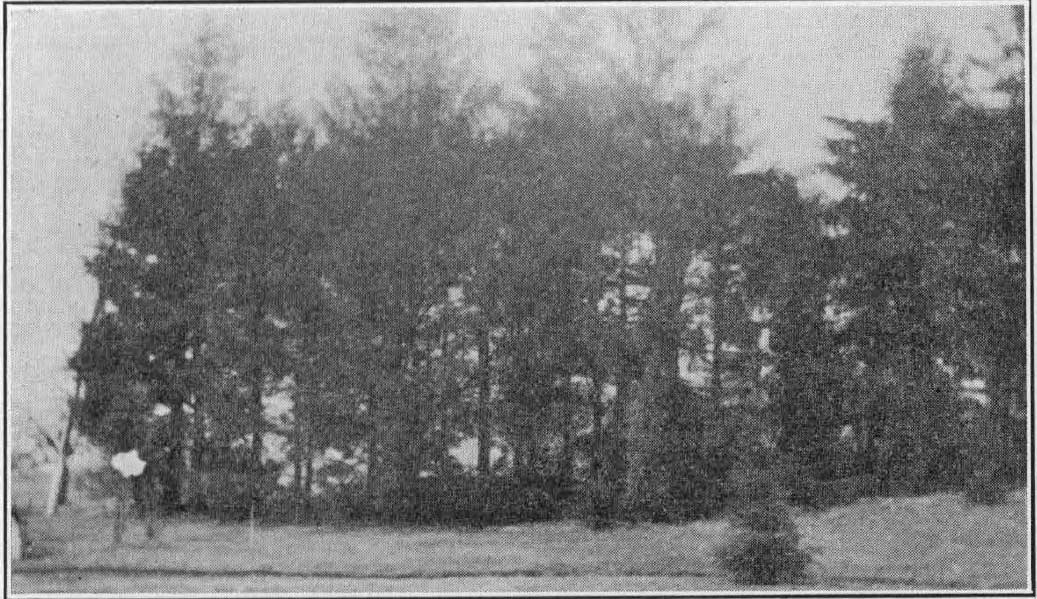|
167 CLEARFIELD COUNTY - PRESENT AND
PAST
The coal found in this county is bituminous or semi-
bituminous, and the workable veins vary from two to six feet in thickness. There
is also considerable variation in the thickness, as well as in the quality of
the same vein in different localities. What is known as the Moshannon vein has
the reputation of being the best coal in the Clearfield region. This vein
received its name because it was first mined near Moshannon Creek, though it is
found in many other sections of the county.
It is a curious fact that a section of the county in
the north-central part, is barren of coal, although almost entirely surrounded
by valuable coal deposits.
Fireclay and Other Clays. Clearfield county is famous
for its fire clays. The Morgan Run clay is said to be some of the best in the
world. The veins of fire clay range from five to twelve feet in thickness. The
usual workings are from four to six feet. The so-called hard clays are the
scarcest and therefore the most valuable. In many places these hard clays are
too deep to be readily workable. There are extensive deposits of soft clay of
good quality.
There are also deposits of swamp or red clay, suitable
for making red building brick or the coarser kinds of pottery. There are also
deposits of fine potter's clay.
Building Stone and Limestone. There are plenty of
building stones to be found in different sections of the county, principally
sandstones.
There are a few thin veins of limestone of rather low
quality that have some value for agricultural purposes where they are not too
hard to get at, but their value is not great.
Gas and Oil. The gas and oil sands are found in many
places in the county at different depths, but not much oil has been found. Some
gas is found in the north-western section and lately in the south-central part,
and it may yet be found to occur in other parts.
|








